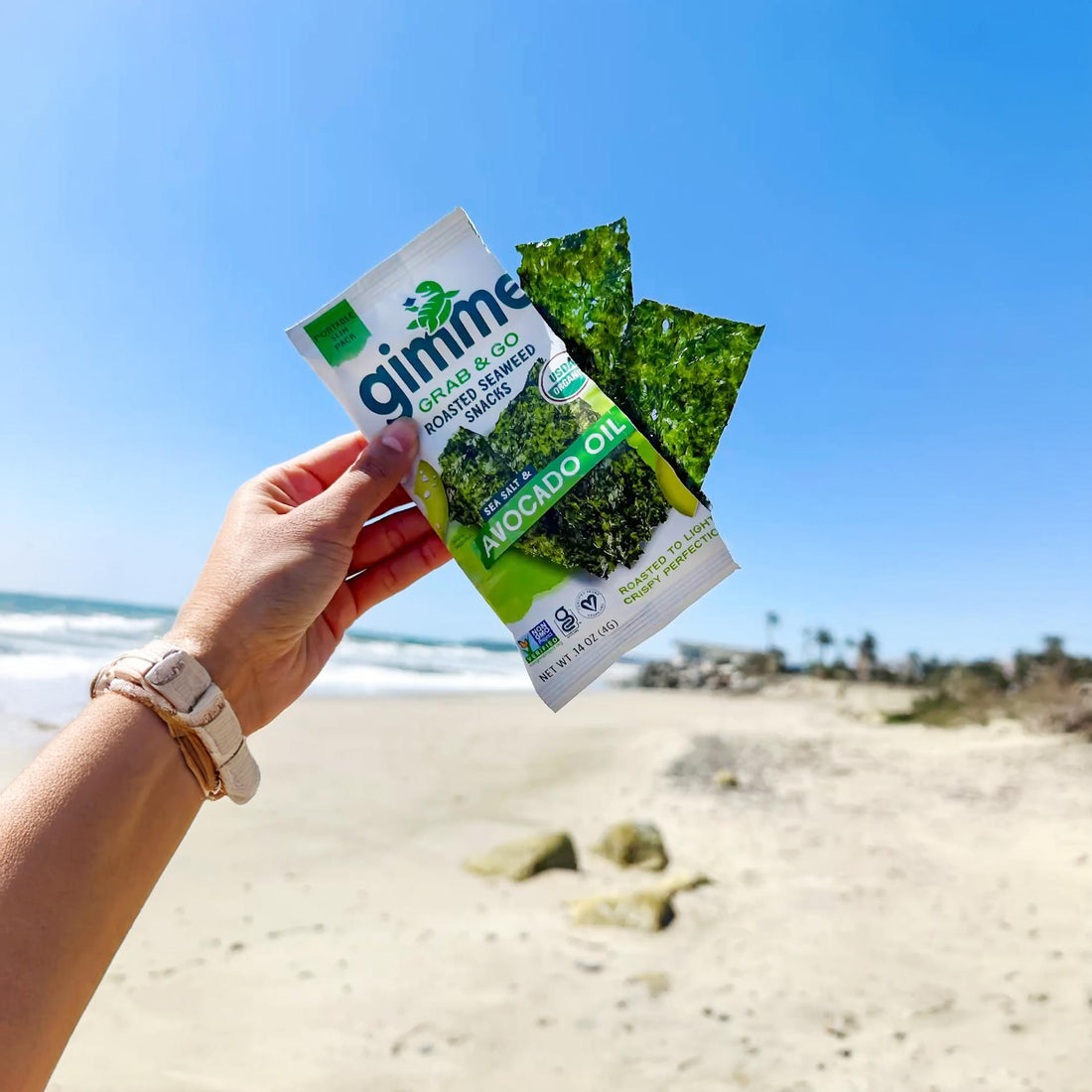PLANTS ARE EVERYTHING
We might not think about it very often, but literally every single thing we eat comes from a plant, consumed either directly—as fruits, vegetables, grains, nuts and so on—or indirectly, via animals that, like us, eat plants. Even with all our technology, without plants, we cannot produce or manufacture even one bite of food that will keep us alive and healthy.
In a sense, rain (water) and sunlight are the two main ingredients in our food. What we eat is intimately connected with the weather, a fact increasingly apparent as we witness the impact of climate change. This summer, record temps combined with severe drought forced many farmers to reduce their crops. In California, where 80% of the world’s almonds are grown, many groves were razed for lack of water.
THINK OUT OF THE BOX
We face a global challenge of growing enough nutrient-dense food to feed us all. The good news is there are still untapped alternatives available, some new and innovative—like cricket flour—and some more traditional, like seaweed, a staple in Asian cuisines for centuries.
Globally, seaweed consumption is on the rise. It’s easy to farm and grows fast, too. Plus seaweed efficiently intakes carbon dioxide—which it needs to grow—thereby actually removing greenhouse gases from the water, helping combat ocean acidification. Its multi-purpose functions make it “the hemp of the sea.”
WHY IS SEAWEED A SUPERFOOD?
But nutrition is where it really shines. Seaweed, as a single food, offers the broadest range of minerals of any food on the planet, containing 10-20 times the mineral concentration of land plants. Naturally low-sodium, low-sugar and gluten-free, it’s loaded with calcium, iron, magnesium and manganese, plus bioactive compounds, including phycocyanins and carotenoids (antioxidants with powerful anti-inflammatory capacities).
In fact, a single serving is full of nutrients but only 25-100 calories. How does seaweed pack all of those vitamins and minerals into such a tiny unit of food? Like most plants, seaweed is photosynthetic—it needs sunlight to grow, and the sunlight gets converted into nutrients.
It also gets nutrients from the surrounding water. Seaweed lacks the internal conducting systems that land plants have; instead of pulling nutrients from soils, seaweed absorbs what it needs directly from the water. Seaweed must always be touching water to grow, and the water has to move, so it can bring in fresh pockets of gasses and nutrients. And all that good stuff is absorbed by the plant, which in turn benefits us whenever we eat seaweed.
WHAT MAKES IT NUTRIENT-DENSE?
Also, since the most common form of edible seaweed is dried and pressed, all that nutrition gets packed into a very dense but light square of food. There’s a lot that goes into the making of our roasted snacks: salty ocean waves, beaming sunshine, even essential gasses. (Did you know that it’s estimated about 50% of the earth’s oxygen is produced by the algae and phytoplankton in the ocean?)
So the next time you take a bite of Gimme, enjoy eating one of the world’s most efficient—and delicious—life-giving foods!

